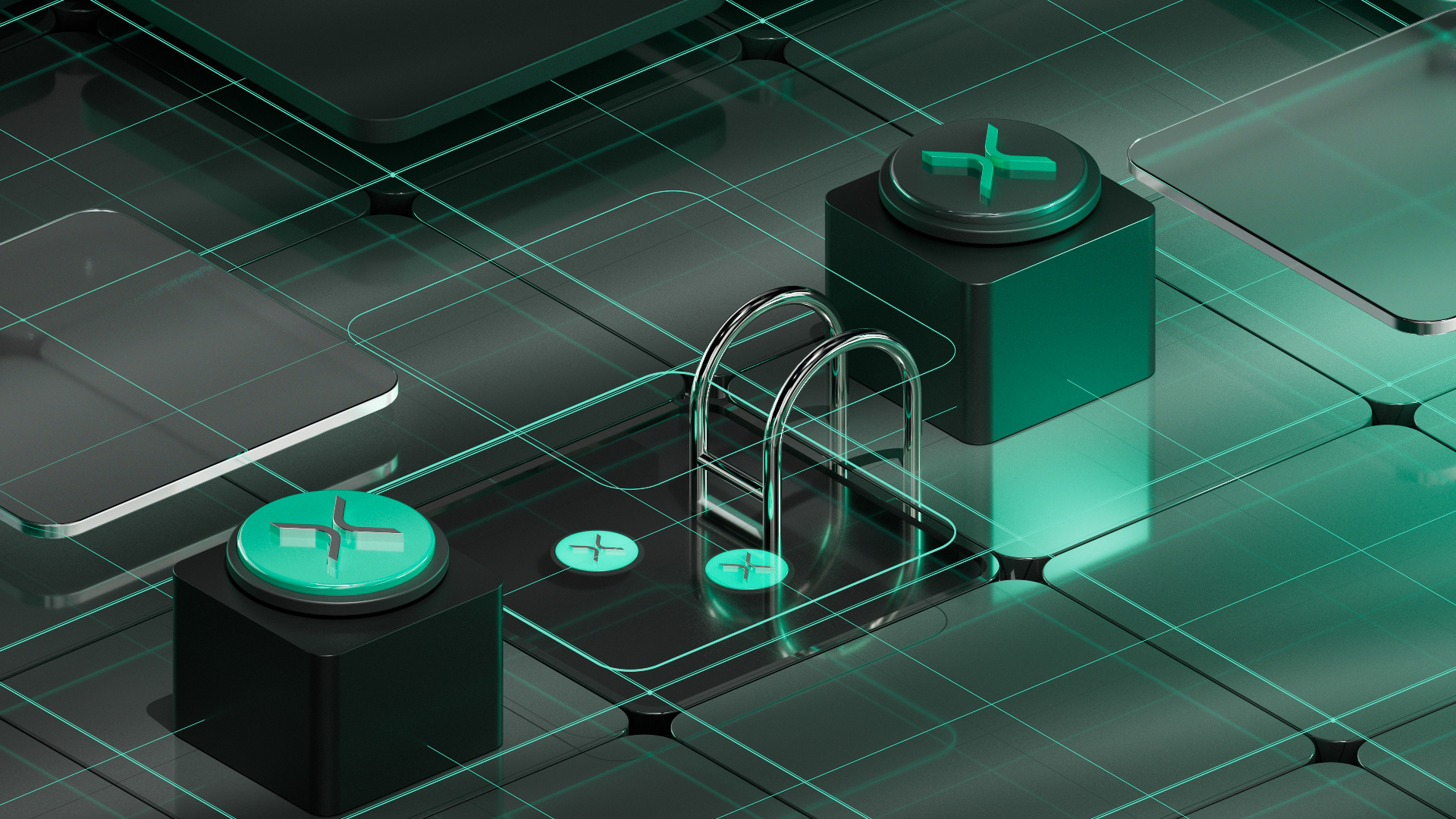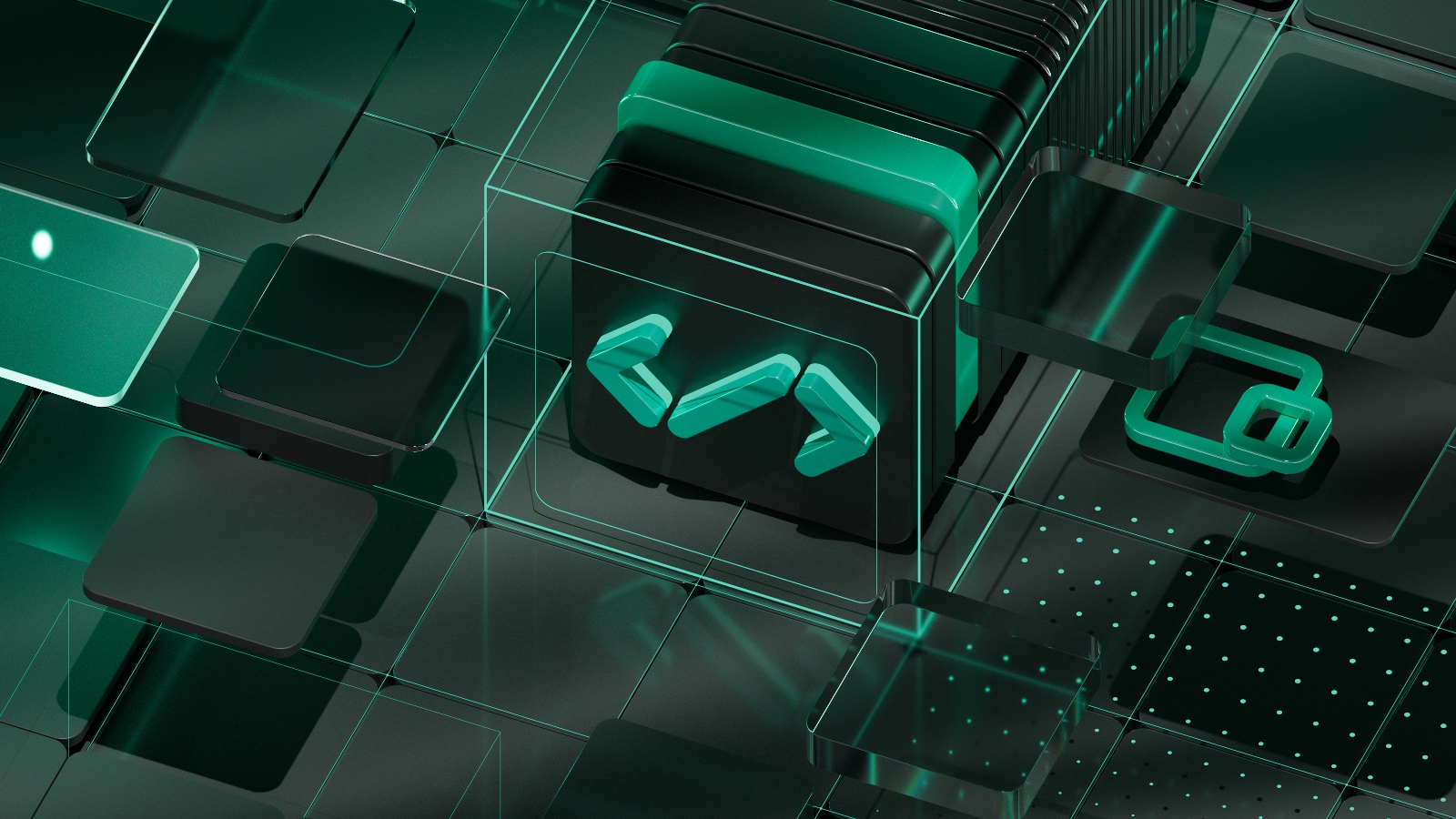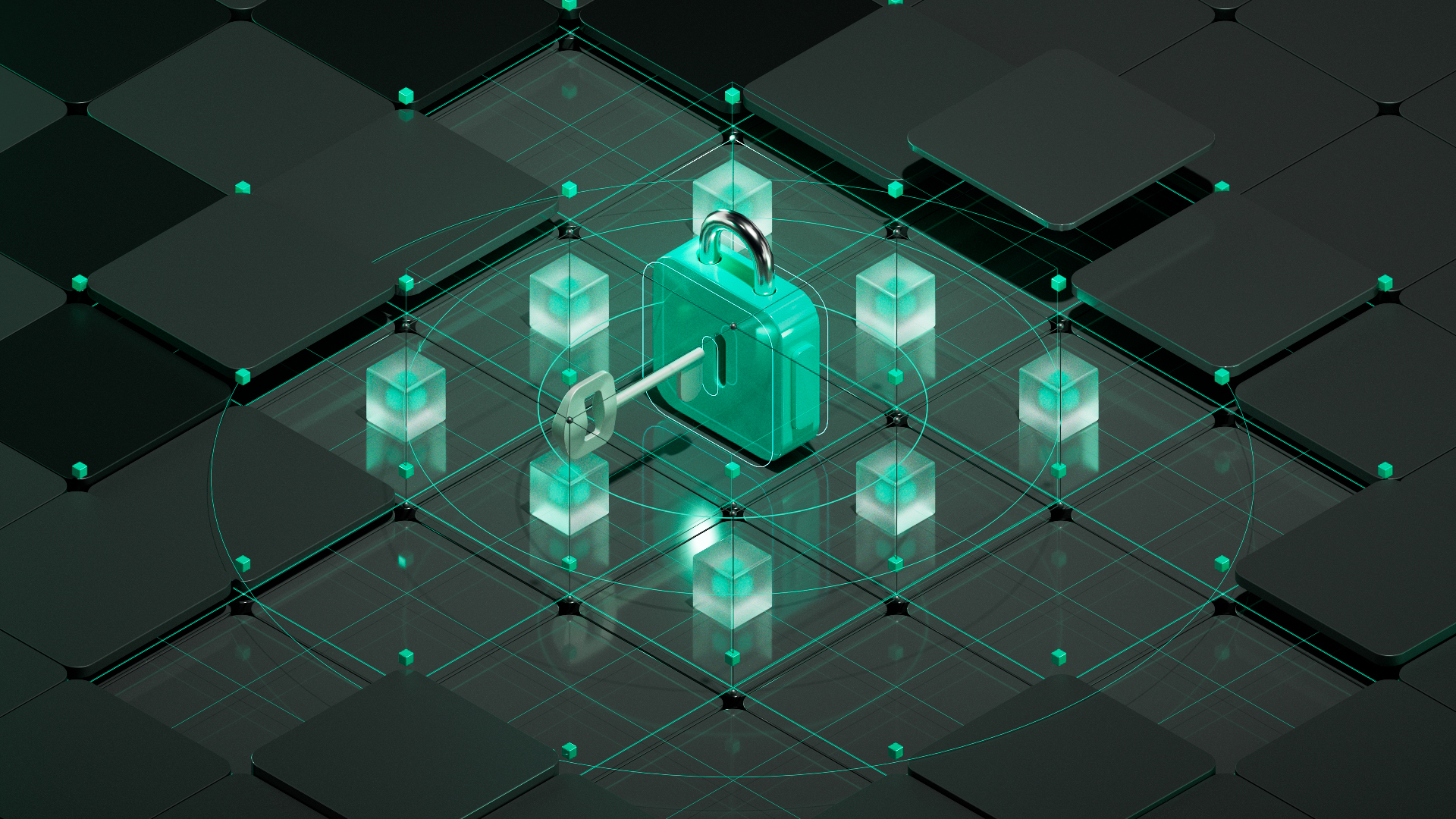Blockchain and IoT: Why Your Toaster Might Rely on It in the Future
The Internet of Things (IoT) and blockchain technologies have the potential to revolutionise the way we interact with the physical world. By combining the connectivity and automation of IoT with the decentralised and secure nature of blockchain, we can develop a new generation of apps that are faster, more efficient, and safer.
The IoT is a network of physical devices such as cars, appliances, and other gadgets that can collect and share data through their built-in connectivity, software, and sensors. This technology has the potential to transform how we live and work by enabling us to automate processes, optimise resource utilisation, and enhance productivity and safety.
On the other hand, blockchain is a distributed and decentralised ledger that enables multiple parties to securely record and verify transactions without the need for a central authority. Although it is best known as the technology behind digital currencies like Bitcoin and Ethereum, blockchain also has many other potential uses such as supply chain management, asset monitoring, and identity verification.
So how can we combine these two technologies? By using blockchain to secure and authenticate the data and transactions generated by the IoT, we can establish a new level of transparency and confidence in how these systems operate. For instance, in the supply chain industry, blockchain and IoT can be used to track the movement of goods from the manufacturer to the consumer, ensuring that they are authentic and have been handled appropriately along the way. Similarly, blockchain and IoT can be applied to the energy sector to monitor and improve the production, distribution, and use of renewable energy.
One of the advantages of blockchain for IoT is its ability to facilitate secure peer-to-peer transactions without requiring a central authority. This can reduce costs, increase productivity, and enhance overall system security. Additionally, blockchain is an ideal solution for ensuring the reliability and integrity of IoT data, as it is decentralised and resistant to hacking and censorship.
However, there are some challenges associated with integrating blockchain and IoT, including scalability issues due to the large volume of data generated by IoT devices, as well as concerns about the amount of energy consumed by blockchain technology in processing transactions.
Despite these challenges, the potential benefits of combining blockchain and IoT are vast, and this technology is already being utilised in many different industries. As these technologies continue to develop and mature, we can anticipate more innovative applications for blockchain in the IoT, leading to a more interconnected, efficient, and secure world.
IoT use cases for blockchain
Blockchain technology has significant potential for supply chain management in the IoT. By utilising blockchain to trace the movement of goods from the manufacturer to the consumer, it is possible to establish an open and secure record of the entire process. This not only helps to reduce the risk of fraud and counterfeiting, but also streamlines the supply chain, thus boosting productivity. Furthermore, the use of blockchain technology in the IoT can be extended to asset monitoring, smart contracts, and identity verification.
The transportation sector within the IoT is particularly promising for blockchain applications. By utilising blockchain to trace the movement of goods and vehicles, a secure and transparent record of the entire supply chain can be established. This strengthens the tracking and management of assets, thus increasing efficiency and reducing expenses. Real-time visibility into the position and status of vehicles can also be enhanced, thereby contributing to improved safety and reduced risk of accidents in the transportation sector.
In healthcare, blockchain technology has a significant application area within the IoT. By utilising blockchain to trace the movement of medical equipment and supplies, a secure and transparent record of the entire supply chain can be established. This helps to streamline the process of identifying and managing assets, thereby reducing the risk of fraud and counterfeiting, and increasing the effectiveness of the healthcare system. Additionally, blockchain can facilitate the secure and rapid interchange of medical data and records, thus contributing to better patient outcomes.
IoT blockchain use challenges and restrictions
Implementing blockchain in the IoT faces significant scalability challenges. The volume of data generated by the IoT can be difficult to manage on a standard blockchain, leading to slow transaction times and high fees. To overcome this problem, various solutions, such as off-chain transactions and sharding, are being explored. However, the high energy consumption of blockchain technology, which requires significant computational power to validate transactions, raises questions about its long-term sustainability and environmental impact.
In addition to scalability and energy usage, there are still several technical and practical challenges that must be addressed before blockchain can be considered a practical IoT solution. Furthermore, given the absence of a regulatory framework to govern the use of blockchain in the IoT, it is critical to consider the legal and regulatory environment.
Taking security into account
Given the importance of safeguarding the data and transactions generated by the IoT, it is vital to consider various security measures to defend against cyberattacks or other threats. One strategy is to utilise decentralised networks and distributed ledgers, which can make it more difficult for attackers to breach the system. Access controls, authentication, and encryption are potential additional security measures that can be implemented. Additionally, it is crucial to ensure that software and hardware are regularly patched and updated to protect against vulnerabilities.
Interoperability
As the IoT grows and evolves, it’s crucial to ensure that different devices and systems can seamlessly communicate with each other. This is where interoperability comes into play. By establishing standards and protocols, it’s possible to create a common language that allows different systems to understand and communicate with each other. Blockchain technology can aid in achieving greater interoperability in the IoT by enabling the creation of secure and decentralised networks that connect various devices and systems.
Privacy
As the volume of personal data generated by the IoT increases, there are concerns about how it is collected, processed, and protected. This is particularly significant when dealing with confidential information such as financial transactions or sensitive health records. One approach to addressing these privacy concerns is to employ blockchain technology in constructing secure, decentralised networks that allow individuals to have control over their own data. This can involve implementing robust access controls, encryption, and consent management platforms.
The IoT and Blockchain of the Future
When considering the future of the combination of blockchain and IoT, it’s essential to anticipate upcoming technological developments. One ongoing trend is the increasing use of blockchain technology in supply chain management and other industries where transparency and security are paramount. Another development to watch for is the establishment of new standards and protocols that will allow different IoT devices and systems to communicate with each other. The integration of blockchain and IoT may also lead to the emergence of novel business models and platforms, resulting in the creation of innovative goods and services.
Smart cities offer numerous other exciting potential applications for the fusion of blockchain and IoT. By using blockchain to track and manage the various systems and services that make up a city, it can become more efficient, sustainable, and liveable. For instance, using blockchain to monitor and regulate resource usage, such as energy, water, and transportation, can lead to significant cost savings and environmental benefits. Moreover, the usage of blockchain in smart cities can contribute to enhancing the quality of life for residents by enabling the development of more flexible and personalised public services.




